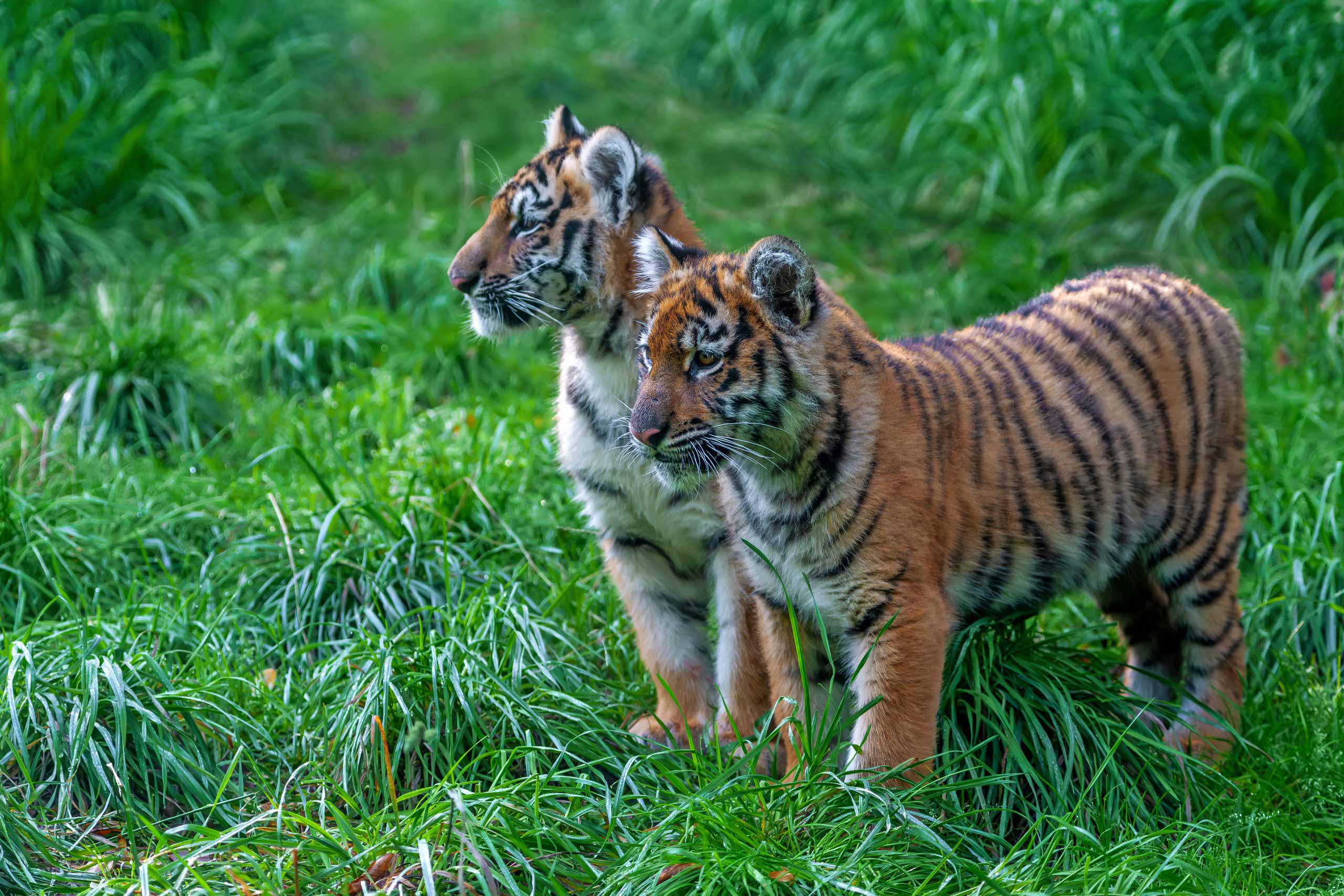
The Earth has been home to countless living organisms that have coexisted and evolved over billions of years, and currently has a complex ecosystem where diverse organisms live in harmony. These organisms play various roles in different environments and ecosystems, working together to maintain balance. When biodiversity declines, these connections weaken and break, threatening all species. Therefore, biodiversity is crucial in supporting Earth’s ecosystems.

Biodiversity is more than just the existence of various species; it is essential for maintaining the resilience and balance of ecosystems, providing vital resources for human survival, such as food, medicine, medical supplies, clean air, and water. However, in recent decades, many species have become at risk of extinction due to rapid industrialization, climate change, and habitat destruction, leading to ecosystem instability. Humans have significantly altered the ecosystem. Scientists currently estimate that species are dying out at hundreds of times faster due to the destruction of various ecosystems.

The International Union for Conservation of Nature (IUCN) has been publishing the Red List every two to five years since 1964 to monitor endangered species and raise awareness of their risk of extinction. The Red List provides an internationally accepted standard for assessing the conservation status of the world’s species. These criteria are essential for identifying endangered species and prioritizing conservation efforts.
The IUCN Red List classifies 150,388 plant and animal species into nine categories. Although 150,388 seems like a large number, it represents only 7% of the total number of plant and animal species on Earth. The World Wide Fund for Nature (WWF) has reported that 69% of vertebrates on Earth have declined in the last 50 years, so the actual number of endangered species is likely much higher.

Species are classified into the following nine categories based on their risk of extinction, considering factors such as population numbers, habitat range, habitat quality, and rate of population decline:
- Extinct (EX): There is no reasonable doubt that the last individual has died. The IUCN distinguishes between current extinctions and past extinctions based on the year 1500.
- Extinct in the Wild (EW): A taxon has disappeared from the wild and is being managed under human protection.
- Critically Endangered (CE): Facing extremely high risk of extinction in the wild in a short period of time.
- Endangered (EN): It is highly endangered in the wild in the near future.
- Vulnerable (VU): Facing a high risk of extinction in the wild within few months or years.
- Near Threatened (NT): Close to qualifying, or likely to qualify for a threatened category in the near future.
- Least Concern (LC): Low-intensity risk that does not fall into the above categories but still requires monitoring.
- Lack of data (DD): Not enough information on abundance or distribution to estimate its risk of extinction.
- Not Evaluated (NE): No assessment has been made.

The higher the category, the greater the probability of extinction. In particular, the top three categories (CR, EN, and VU) are classified as endangered. According to the IUCN Red List, approximately 42,000 species are currently threatened with extinction worldwide. Among them, large mammals such as rhinos, tigers, and gorillas are particularly at risk. These nine categories provide direction for international conservation efforts.
There is a successful example of protecting endangered species through the Red List. The Indian tiger, listed as Endangered (EN) on the IUCN Red List, is an example. Currently, there are around 4,000 tigers living in the wild worldwide, compared to over 100,000 a century ago—a 97% decline in numbers.
This drastic decrease is due to human population growth, deforestation, habitat destruction, and illegal poaching. In response, Indian authorities have been working to conserve the tiger population since 1973, designating an area covering nearly 70,000 square kilometers (approx. 27,000 square miles) as tiger reserve. The results have been encouraging. In April 2023, the country’s wild tiger population had reached 3,167, an increase of about 900 from 2014. This success is the culmination of decades of efforts by the Indian government to preserve Indian tigers. Protecting an endangered species is more than just protecting that species; it is like saving the entire ecosystem, where all living things are closely connected.
The Indian tiger conservation example shows that we can preserve biodiversity through our care and effort. As India’s example demonstrates, protecting endangered species requires strong government-level policies. At the same time, we must raise awareness about biodiversity conservation.
By visiting the IUCN website, you can learn about endangered species in the area. Taking an interest in endangered species is an important step toward conserving more species. It is crucial for all of us to be aware of this reality and participate in biodiversity conservation. Small actions to protect the environment can make a big difference. We should also urge governments and companies to establish more active protection policies and sustainable development strategies.
We must not regard biodiversity as something unrelated to us because it is an important issue that directly affects all of our lives. We must remember that life does not merely exist; it is interconnected as a precious asset that we must protect. Small changes can make a big difference in the world. Our small concerns and actions can greatly help illuminate the future of Earth.